As I understand your purposes (and I'm not sure I entirely do) the schematic found at TI for the LM139-MIL is what you may want to try for MAME purposes. It's nice and simple:
Try using this model below that follows closely with TI's behavioral model above.
Q1 V- IN+ N002 0 QP
Q2 V- IN- N003 0 QP
Q3 N006 N002 N001 0 QP
Q4 N007 N003 N001 0 QP
Q5 N007 N006 V- 0 QN
Q6 N006 N006 V- 0 QN
Q7 DRV N007 V- 0 QN
Q8 OUT DRV V- 0 QN
D1 N001 N002 DX
D2 N001 N003 DX
D3 IN- N003 DY
D4 IN+ N002 DY
I1 V+ N001 80µ load
I2 V+ DRV 80µ load
C1 V+ DRV 1p5
.MODEL QP PNP(IS=1E-16 BF=60 Cje=1p Cjc=300f Rb=300 Re=10 Rc=10 subs=2 Tf=10n)
.MODEL QN NPN(IS=1E-16 BF=200 Cje=1p5 Cjc=500f Rb=100 Re=10 Rc=10)
.MODEL DX D(IS=1.4E-17 Cjo=1p5)
.MODEL DY D(IS=2E-18 Cjo=1p5)
The drawing of the above netlist looks like this:
\$D_1\$ and \$D_2\$ apportion about the right amount of current away from \$I_1\$, per the behavioral model's spec.
If I wrap the above up into a SUBCKT, like this:
.SUBCKT LM139MIL IN+ IN- V+ V- OUT
Q1 V- IN+ N002 0 QP
Q2 V- IN- N003 0 QP
Q3 N006 N002 N001 0 QP
Q4 N007 N003 N001 0 QP
Q5 N007 N006 V- 0 QN
Q6 N006 N006 V- 0 QN
Q7 DRV N007 V- 0 QN
Q8 OUT DRV V- 0 QN
D1 N001 N002 DX
D2 N001 N003 DX
D3 IN- N003 DY
D4 IN+ N002 DY
I1 V+ N001 80µ load
I2 V+ DRV 80µ load
C1 V+ DRV 1p5
.MODEL QP PNP(IS=1E-16 BF=60 Cje=1p Cjc=300f Rb=300 Re=10 Rc=10 subs=2 Tf=10n)
.MODEL QN NPN(IS=1E-16 BF=200 Cje=1p5 Cjc=500f Rb=100 Re=10 Rc=10)
.MODEL DX D(IS=1.4E-17 Cjo=1p5)
.MODEL DY D(IS=2E-18 Cjo=1p5)
.ENDS
And just use LTspice's opamp2 symbol, for convenience, then I can generate the following test schematic:
Which should exhibit a comparator with hysteresis (bands set to bracket about \$\frac13\$ and \$\frac23\$ of the supply rail.) Let's have a look at the output:
I think that's working okay. At least for its first test. I haven't put it to much pacing. But for just copying along TI's diagram, it is promising that it hits one high point, at least.
I don't know much about MAME. But from what little I've read today, I suspect this may be sufficient for the needs.
